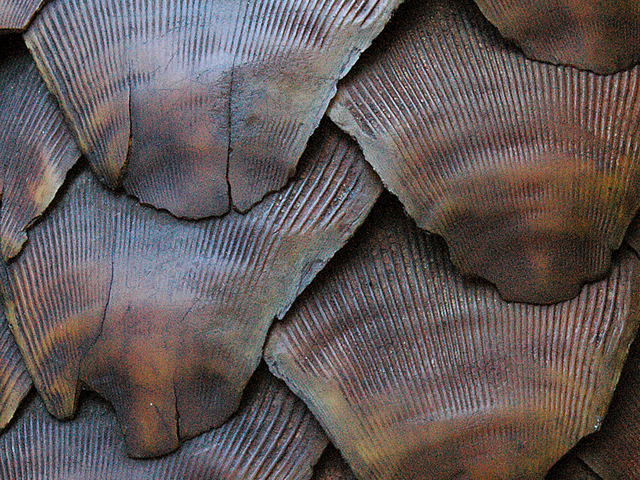Yet another problem for African pangolins.

Recent pangolin seizures suggest that Africa’s pangolins are increasingly being sourced for the traditional Chinese medicine trade.
Pangolins under pressure
Africa’s pangolins are under more pressure than ever.
Not only are they already hunted for superstitious practices in certain African countries, these harmless mammals are faced with China’s seemingly inescapable appetite.
Although most of the sourcing and trafficking in pangolins currently occurs across Southeast Asia, these populations are dwindling, and suppliers for the traditional Chinese medicine trade now appear to be looking to the African continent to keep up with the demand.
‘Growing intercontinental trade’
According to the latest publication by the wildlife trade monitoring network TRAFFIC, there is “evidence of a potentially growing intercontinental trade in African pangolins between Africa and Asia”.
- 2009: A shipment of 100 kg of pangolin scales was intercepted en route to Hong Kong from Côte d’Ivoire.
- 2011: In Mozambique, the Citizen Online reported that pangolin scales were found hidden in a container of ivory and unprocessed timber. The incident was linked to Miti, a Chinese logging company operating in the area.
TRAFFIC noted that pangolin populations in India and Nepal are also under threat from demand from Chinese and Vietnamese markets.
Lack of scientific evidence
Pangolin scales (made of keratin) are used to treat an unusually wide variety of conditions, including psoriasis, infertility, asthma – and even cancer. Pangolin flesh is consumed to “nourish the kidneys.”
This use takes place despite a lack of scientific evidence that pangolin scales have any medicinal properties.
Unfortunately, a similar cultural myth about the alleged curative properties of rhino horn is responsible for the regional extinction of the three Asian rhino species from most of their original range.
In fact, Vietnam’s rhinos (a unique subspecies) were declared extinct last month, after the world’s last Rhinoceros sondaicus annamiticus was found dead of a bullet wound, with her horn missing.
Learn more about pangolins:
- 11 Things You Didn’t Know About Pangolins
- 8 Things Everyone Should Know About the Booming Illicit Pangolin Trade
- Pangolins: Natural Pest Controllers and Soil Caretakers
Author: Rhishja Cota-Larson. Learn more about Rhishja here.
Source: Challender, D.W.S. “Asian Pangolins: Increasing affluence driving hunting pressure.” TRAFFIC Bulletin Vol. 23 No. 3 (2011): 92-93.
Image: Joxerra Aihartza (Nire argazki-bilduma / own picture) via Wikimedia Commons
Want to help? Check out our pangolin t-shirts: Project Pangolin is contributing $2.00 per t-shirt or hoodie to Education for Nature-Vietnam.


![Pangolin Trafficking: 2011 to October 2013 [Infographic]](http://pangolins.org/wp-content/uploads/2015/08/WorldPangolinDay2013-01-copy-150x150.jpg)
Comments are closed.